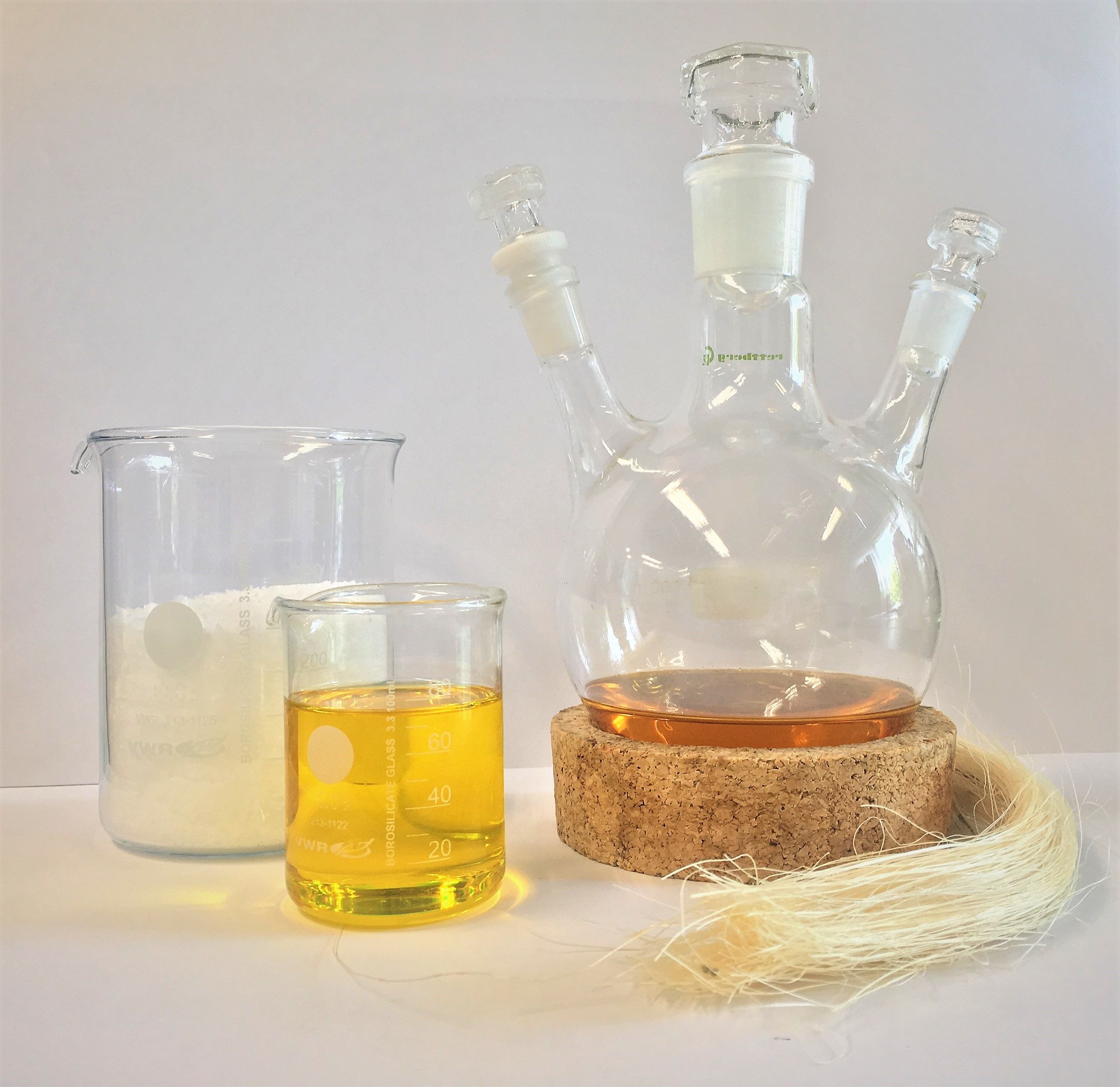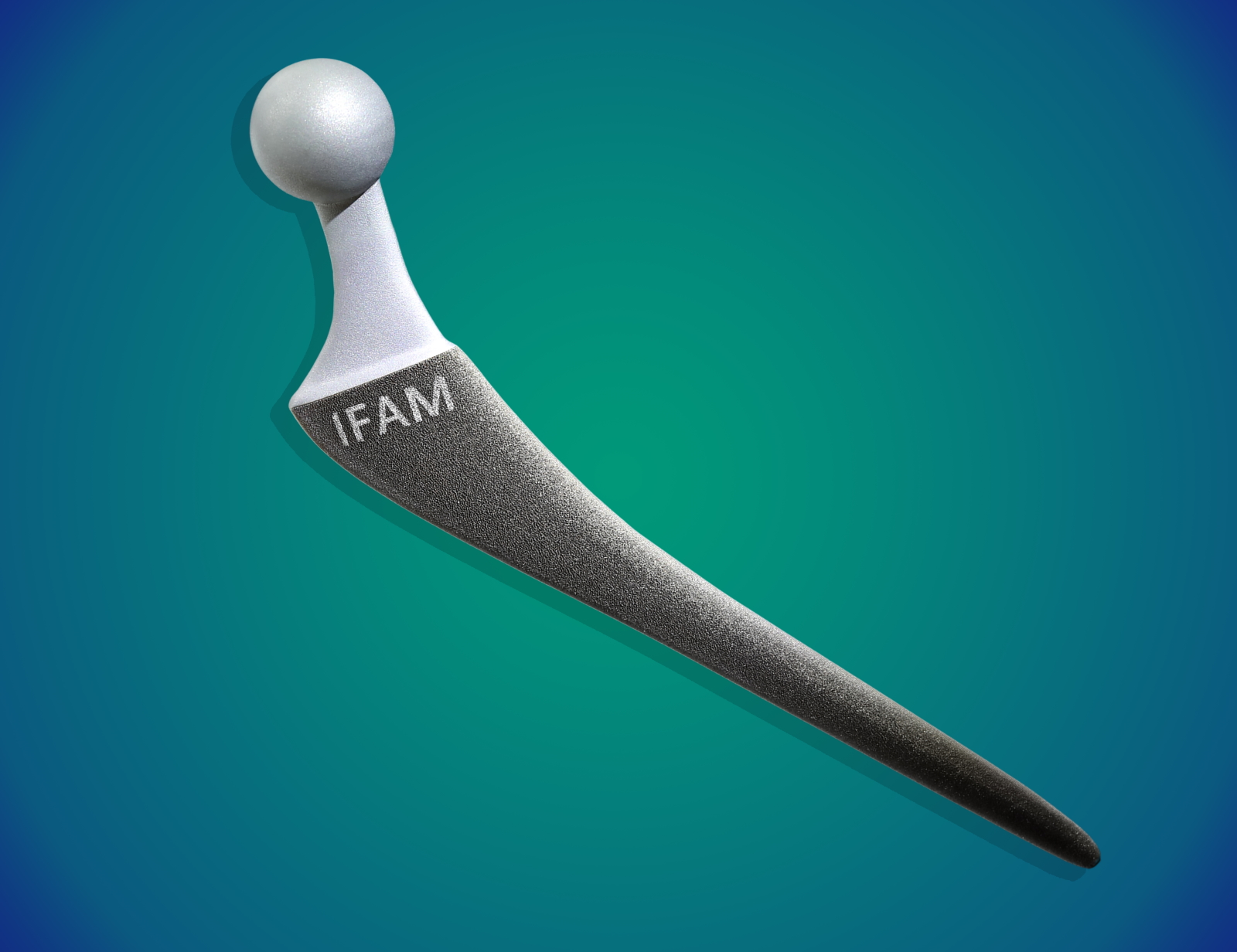

For the goals of political sustainability agendas - such as the UN's Sustainable Development Goals, the German Sustainability Strategy or initiatives like the European Commission's European Green Deal - we develop diverse solutions through the interaction of different scientific disciplines. Central topics are energy, climate change, resources and health. The Fraunhofer-Gesellschaft takes these up in its corporate responsibility and puts them into concrete terms in defined key research areas. In this context, Fraunhofer IFAM makes significant contributions to sustainable technical and medical progress in the field of materials science.
Out of conviction and responsibility, when developing new technologies and products we always ask ourselves not only about function but also about ecological impact and harmlessness. What contribution can manufacturing technology and materials research make? Which processes are suitable for resource-saving and at the same time economical processing of new materials? How can we support the circular economy? Current research results at Fraunhofer IFAM on biodegradable or biobased materials, natural fiber-reinforced plastics, both in joining technology and in lightweight construction and medical technology, show that materials science and state-of-the-art manufacturing technologies can make an essential contribution.
Durable and biological: New bio-based and biodegradable materials for the automotive industry
Natural fiber-reinforced plastics are already used in automotive construction, but mostly with a plastic matrix based on crude oil. Although this enables lightweight construction, there is still potential for optimization in terms of resource utilization and recycling. In the German-Brazilian project "BestBioPLA", new plastics are therefore being developed that combine good mechanical and chemical resistance during the product life with biodegradability as an option for the end of the product life.
Strong and flexible at the same time - recyclable polymer systems for fiber composites
They are light, stiff and break-resistant and can be used as lightweight materials in applications ranging from wind energy to aerospace: Fiber-reinforced composites (FRP). Once they have been shaped, depending on the plastic used, they can no longer be reshaped and returned to the material cycle. In the "DuroCycleFVK" project, researchers at Fraunhofer IFAM are developing novel polymers for FRPs which combine the desired properties of thermoplastics and duromers and enable new and more energy-efficient manufacturing, shaping, and recycling processes for FRPs.
Green shipping
The shipping industry is increasingly turning to environmentally friendly technologies in response to the need to massively reduce ship emissions and make both shipbuilding and shipping efficient and sustainable. Innovative materials and the digital transformation offer great opportunities for growth, progress, and effective environmental protection. Fraunhofer IFAM is making an important contribution with its development focus areas such as coatings for corrosion and fouling protection, flow resistance-reducing surfaces, adhesive manufacturing in shipbuilding, and lightweight construction. For example, the institute's researchers are developing lightweight construction solutions based on renewable raw materials, researching dismantling-friendly construction methods based on joining concepts, and thus highlighting possible component and material cycles. In addition, topics such as the electrification of ship propulsion systems and electrical energy storage systems for surface and underwater applications are becoming increasingly important.
Adhesive bonding technology supports circular economy and life cycle assessments
Material developments and bonding technologies to conserve resources and avoid a linear economy are in demand in industry. To achieve this goal, experts from Fraunhofer IFAM have pooled their expertise and published it in the study "Circular Economy and Adhesive Bonding Technology". It comprehensively describes the role of adhesive bonding technology in the context of the circular economy and life cycle assessments across all industries and places it in the political framework from a global and European perspective. Thanks to continuous further development of raw materials, adhesives and bonded products, adhesive bonding technology has gained a high level of acceptance in recent decades. In view of the constantly increasing regulatory requirements, adhesive technology has the potential to respond to these with technical innovations. In the future, the value chains of bonded products must be considered holistically and coherently over the entire life cycle - manufacture, use and disposal. Only in this way can the potential of adhesive bonding technology for the circular economy and, at the same time, the effects on the corresponding life cycle assessments of bonded products be correctly presented from a technical point of view. These potentials are presented in the study using selected applications as examples.
Implants: Sustainable for the patient thanks to dual infection protection
Anyone who receives an artificial knee, shoulder or hip joint in a hospital today can be confident that they will receive the best possible treatment based on the latest medical knowledge. But the insertion of implants is not without risk. For example, infections can occur after surgery. If the antibiotics administered do not help, there is a risk of a protracted and painful course. In the worst case, the implant has to be replaced. A new approach from Fraunhofer IFAM now promises to significantly and sustainably reduce the risk of infection. For this purpose, the implant is provided with a hybrid coating: Antibacterial silver and an antibiotic individually tailored to the person. The Fraunhofer researchers have further developed, tested and implemented this idea in the "AntiSelektInfekt" project in collaboration with researchers from the Julius Wolff Institute and the BIH Center for Regenerative Therapies (BCRT) of the Berlin Charité.
 Fraunhofer Institute for Manufacturing Technology and Advanced Materials IFAM
Fraunhofer Institute for Manufacturing Technology and Advanced Materials IFAM